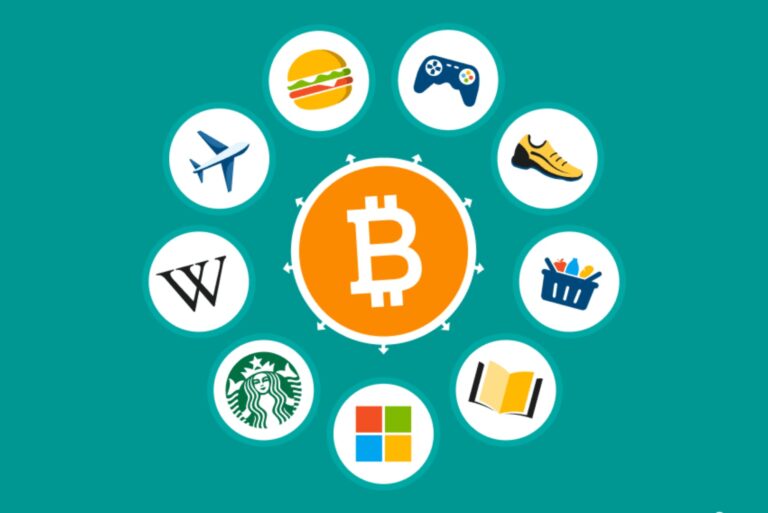What is the Difference Between Blockchain and Cryptocurrency
Blockchain technology is the backbone of cryptocurrencies like Bitcoin and Ethereum. It’s a decentralized, distributed ledger system that records transactions across multiple computers. Each transaction is stored in a block, cryptographically linked to the previous one, forming a chain. This immutable ledger ensures transparency, security, and integrity, as no single entity controls it.
Components of Blockchain
Blockchain comprises several essential components:
Blocks
Each block contains a batch of verified transactions. Once filled, it’s added to the chain, forming a chronological record.
Decentralization
Blockchain operates on a peer-to-peer network, eliminating the need for intermediaries like banks or governments.
Consensus Mechanisms
Various consensus algorithms, such as Proof of Work (PoW) and Proof of Stake (PoS), ensure agreement among network participants regarding the validity of transactions.

Demystifying Cryptocurrency
Cryptocurrency, often referred to as digital or virtual currency, is a subset of blockchain technology. It utilizes cryptographic techniques to secure transactions and control the creation of new units. What is the Difference Between Blockchain and Cryptocurrency Unlike traditional currencies issued by governments, cryptocurrencies are decentralized and operate independently of any central authority.
Key Characteristics of Cryptocurrencies
Digital Nature
Cryptocurrencies exist purely in digital form, stored in digital wallets and transacted through blockchain networks.
Decentralization
Similar to blockchain, cryptocurrencies operate on decentralized networks, ensuring censorship resistance and eliminating single points of failure.
Cryptography
Advanced cryptographic techniques secure transactions, ensuring confidentiality, integrity, and authentication.
Distinguishing Between Blockchain and Cryptocurrency
While often used interchangeably, blockchain and cryptocurrency serve distinct purposes and have different functionalities.
Blockchain:
- Foundation: Serves as a decentralized ledger for recording transactions.
- Technology: Enables secure and transparent data storage and transfer.
- Applications: Extends beyond finance to various industries like supply chain management, healthcare, and voting systems.
Cryptocurrency:
- Medium of Exchange: Functions as digital currency for peer-to-peer transactions.
- Asset Class: Some cryptocurrencies serve as investment assets, offering potential for speculative trading and long-term holding.
- Utility Tokens: In addition to currencies, cryptocurrencies can represent ownership or access rights within blockchain-based ecosystems.
The Intersection of Blockchain and Cryptocurrency
While distinct, blockchain and cryptocurrency are intricately linked. Cryptocurrencies rely on blockchain technology for their existence and operation. Blockchain, on the other hand, benefits from cryptocurrencies as they incentivize participants to maintain and secure the network through mechanisms like mining.
Evolving Landscape
As the blockchain and cryptocurrency space continues to evolve, new innovations and use cases emerge, driving adoption and reshaping industries. Understanding the nuances between blockchain and cryptocurrency is crucial for navigating this dynamic ecosystem effectively.
Cryptocurrency Trading in India
Cryptocurrency trading in India has seen a surge in interest, driven by the promise of high returns and growing awareness. Despite regulatory uncertainties, many Indian investors are actively participating in cryptocurrency markets through various exchanges. The Reserve Bank of India (RBI) initially imposed restrictions, but the Supreme Court lifted the ban in 2020, leading to a significant rise in trading activities. However, the regulatory landscape remains dynamic, with potential for future changes as authorities continue to evaluate the impact and develop appropriate frameworks to govern this emerging financial sector.






